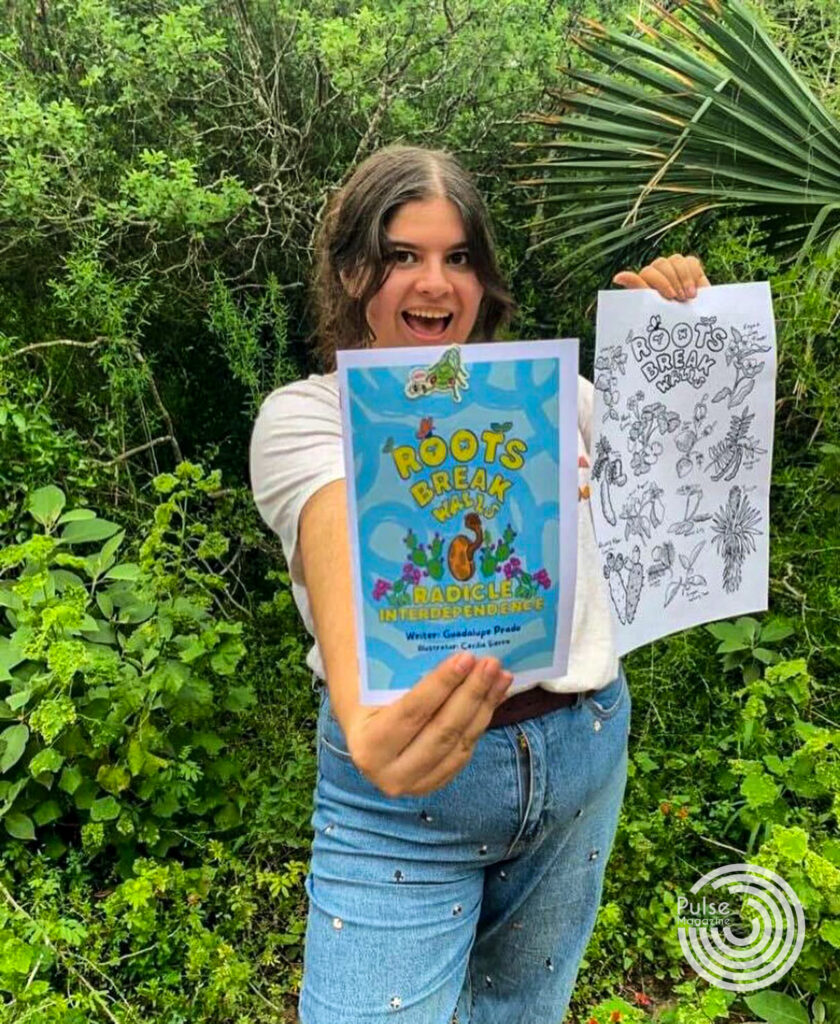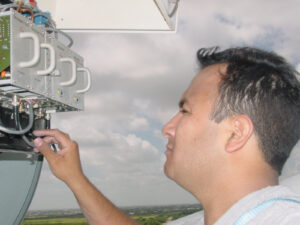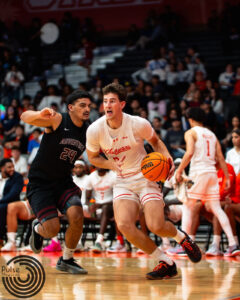Foraging Pieces of My Roots: Roots Break Walls with Guadalupe Prado
In the time period we are in, when grocery prices are on the rise and how it is hard to find organic food that will not harm us in the long-run, it can be difficult to know what direction to go in in order to help yourself. Trucha RGV had an event on April 8th discussing the wondrous word of foraging your plants and herbs to help us continue on in the world with knowledge that could be useful to you or anyone you know. I sat down with Guadalupe Prado, a junior at UTRGV majoring in Studio Art, to get in depth about the Root Break Walls that were organized.
- Who came up with the idea to have Root Break Walls?
My boss Josue Ramirez did, actually it’s been something that he’s been developing for the past few years, like the idea of root sprinkles coming from work that he’s done to them so sweet for me. Josue Ramirez is also an amazing artist that is from the RGV, as well. And so, it was something that he did as part of a call. I know that he has done some work around the environment, and is currently working on a series of things and a tape came out from there. And then, he’s one of the cofounders of the Trucha, and he developed it into something for this idea of community engagement.
- What was the general idea to have this event?
It was meant to be this campaign that is supposed to connect with people who live in the Valley and who are known with their roots. We are kind of considering the metaphorical and the physical aspect of roots. There are the roots of our ancestors or of our community, but then it’s also the land of the Rio Grande Valley. I feel like nowadays, for a lot of people in our generation, it’s difficult for us to be deep and connected with our native plants. We do not know what’s going on around us in that sense? I feel like a lot of people in our generation are very disconnected from nature or like natural spaces.
3,) What are Root Break Walls about?
Root Break Walls is to help us connect that and also with our origins. It’s a combination of talking about immigration and how we are like plants that we migrate and that’s how most of us got here. For some of us, we have a family that was originally from Mexico. For example, my grandfather was born in Mexico, and that’s how we came to the RGV, because he migrated here when he was six years old. And I feel like a lot of us have a similar origin story. That is the overall idea. We are tending to those roots, exploring those roots, and then sort of like strengthening and healing them. We have made zines like that and went with it as a field guide. But we also started off as an introduction to like historical uses.The discussion talked about when our ancestors were here around 100 years ago, they used foraging for this. At the event, we talked a little bit about conservation as well.
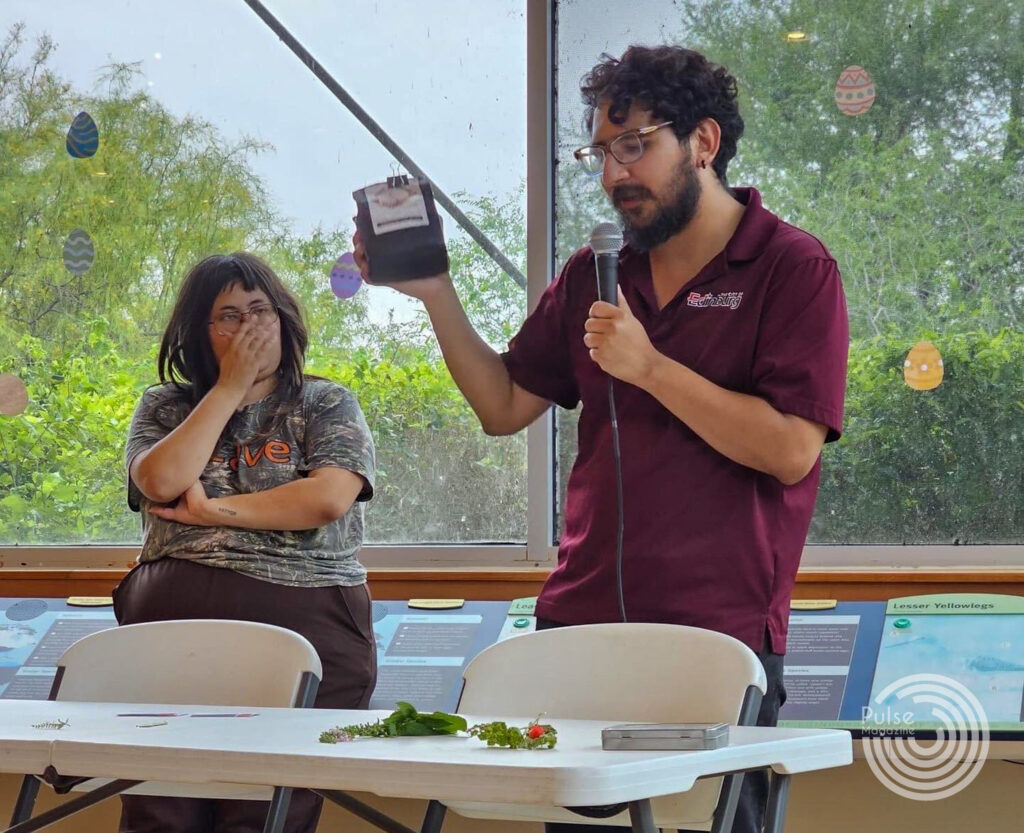
4.) What do you love about forging?
My love for foraging is the reason why I applied for the job. It was supposed to be based for somebody who’s into arts and admires the nature aspect and stuff. I really like the idea of foraging as a means of food liberation. It’s definitely community oriented or it may even feel like communism. I realized that something that was important to me was to have the people around me. And I thought about different ways like to come about food, like to get food to eat for dinner. Foraging was one of them. And I don’t know through this twist and turn of like, learning about politics and coming into my own ideological beliefs. I realized that foraging could be something that people use as a means of subsistence, and like to be able to liberate ourselves away bigger. It’s a little bit like not having to go to the grocery store every day and not have to worry. Like you could go outside and pick some, so about the prices on groceries that are rising.
5.) When you are foraging, what are the items that you are typically looking for?
So I like looking for fruits and they come in different ways. Foraging is like a bearing from a tree or like a shrub. The fruit of a plant would be like that, that could vary. It’s like chili picking. It is like the fruit of the bean plant. There are moments as to how you would think of a fruit like dining hall. I’ll try to look for plants that have sweet stuff. So we have like, locally we have this thing called ground cherries that are really good. And right now since it’s spring, the seasons for dewberries but it all depends, like real seasons like in the wintertime I’ll pick spiny south thistle. And that one is like you can use it as a lettuce, which is in the dandelion family. It really depends on the seasons, but there’s some good stuff out here. You can use the items you have usage on salads, fruits, and then also so you can use them for baked goods.
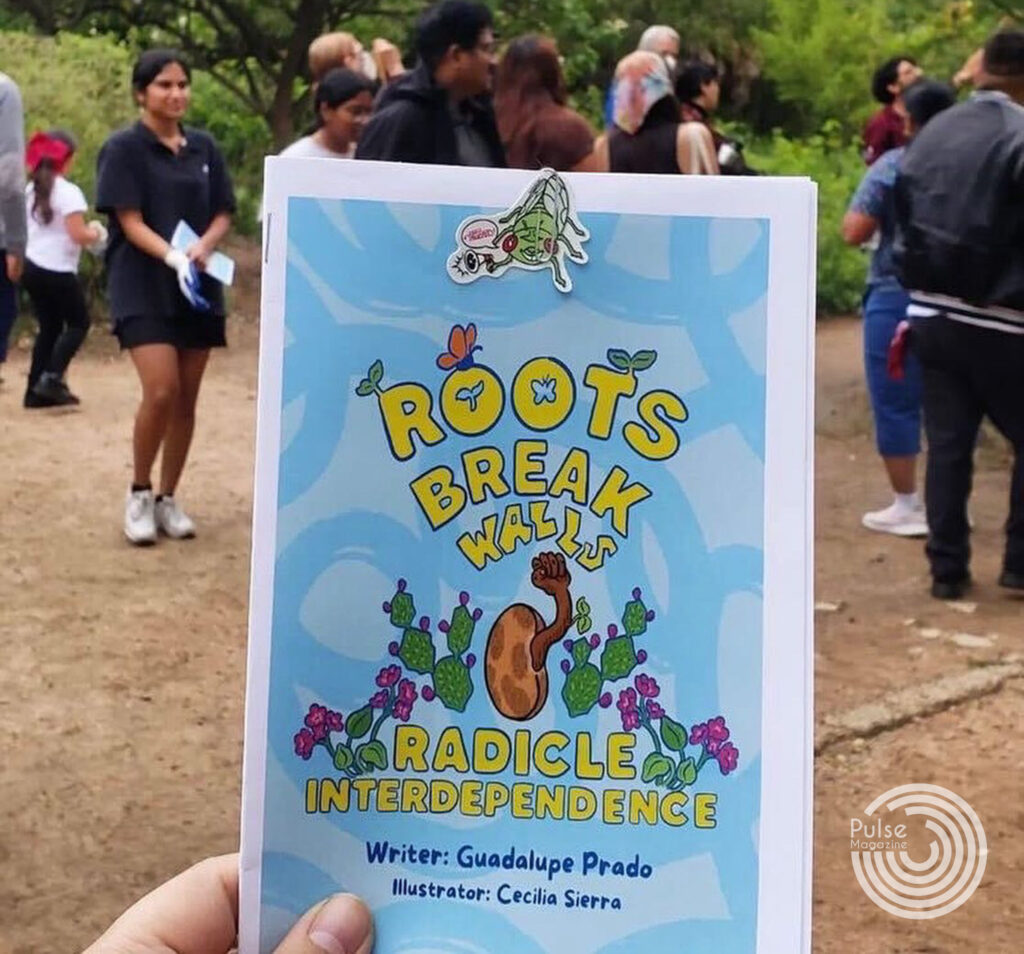
6.) When foraging, what should you stay away from?
First and foremost, stay away from everything unless you know exactly what you’re picking. You really want to stay away from picking. I started forging in 2020, but that was only after like, a couple of years of researching and you have to be pretty certain like almost 100% certain on whatever it is that you’re picking or else it could hurt your tummy or worse.
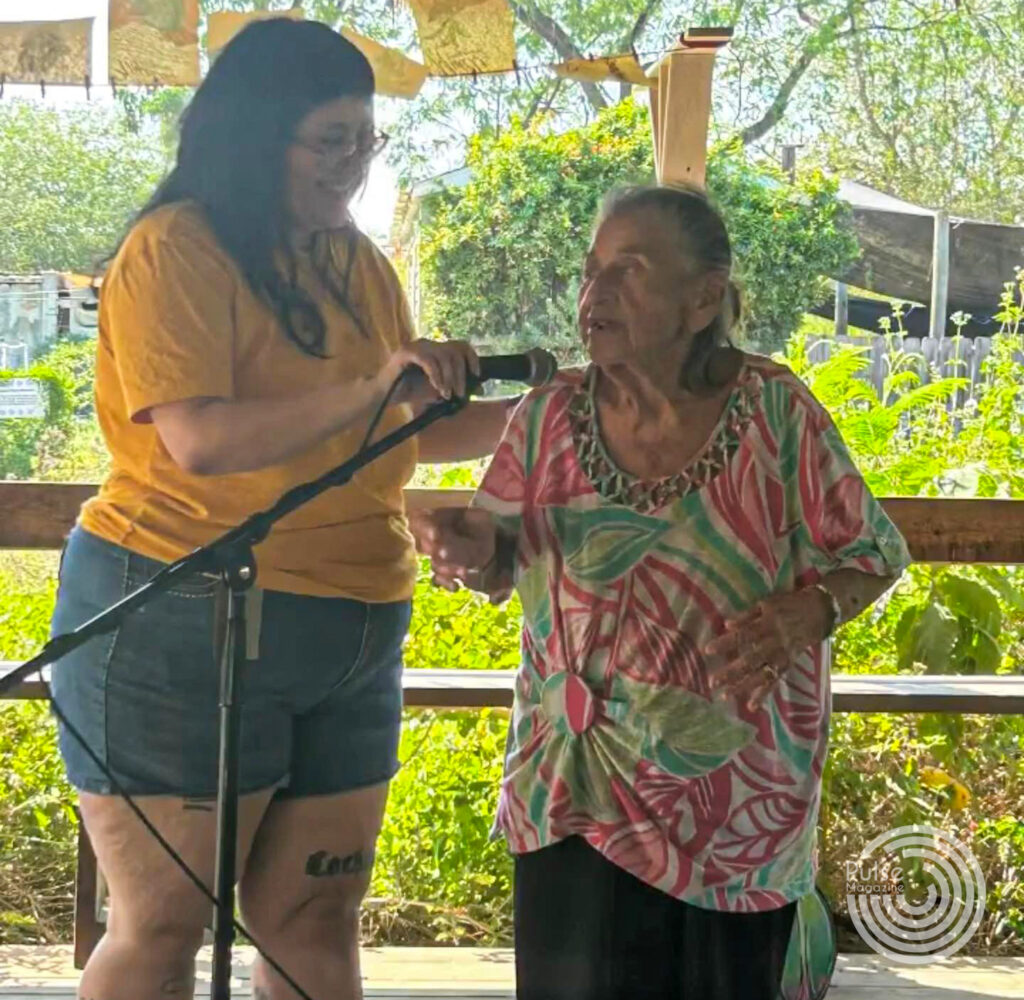
7.) What were the stories that you’ve heard being told to you from the people who attended the event?
The first one my grandma and my grandpa came to the U.S., and my grandma was talking about how people don’t think you need to know your native plants to be connected to your culture or the traditions of your roots. And so my grandma, what she knows is Mexican American food. She was talking about beans and she was talking about how when I was a little girl, my mom taught me how to pick the rocks out of the beans. And it was just like a food memory that really was more of a familial memory or like a familiar tradition. And that was beautiful. And then other people talked about their sort of sense of identity. My mom would cross me whenever I was little and we would actually go to places like the bills shop park or another place. She would teach me about what plants were so it was connected to their identity as an undocumented person, but then, because they would go out and she’d be like, scared to be driving in the car, you know? But that was something that they did for fun. So it was beautiful to see the interconnections.
8.) What would be the coolest place where we can forage?
Nobody knows this, but you could eat like five plants literally sprouting through the cracks of the concrete. It’s even on university grounds, too. Really? I feel like UTRGV should have some sort of club that discusses more about foraging or even food liberation. Foraging the plants that grow outside isn’t sometimes just for eating but also healing, even for making medicine.
9.) What would you want to say to someone who is interested in foraging?
“We’re gonna have one last event which is going to be on campus and the event is going to be with the hub of prosperity. He’s an organization on campus and we’re gonna have vendors, music and food. If people are interested in wanting to come, this last event is going to concentrate on the celebration, and about the abundance. We’re gonna have a lot of stuff. There’ll be art vendors organizations there and then also people like her connected to nature. People will be selling their fruits and veggies and different things like plants and other items.”
I would say first and foremost, just to go outside and just look around because there’s like a lot of resources for people to start identifying plants. And the thing is you gotta start somewhere. Get on Google images, a trusted websource, or any type of plant identification app, look at pictures and look up the plants that you encounter. Go with your friends. It’s always the most fun to go with a group of people and be able to learn together and have a picnic afterwards.
- Guadalupe Prado
